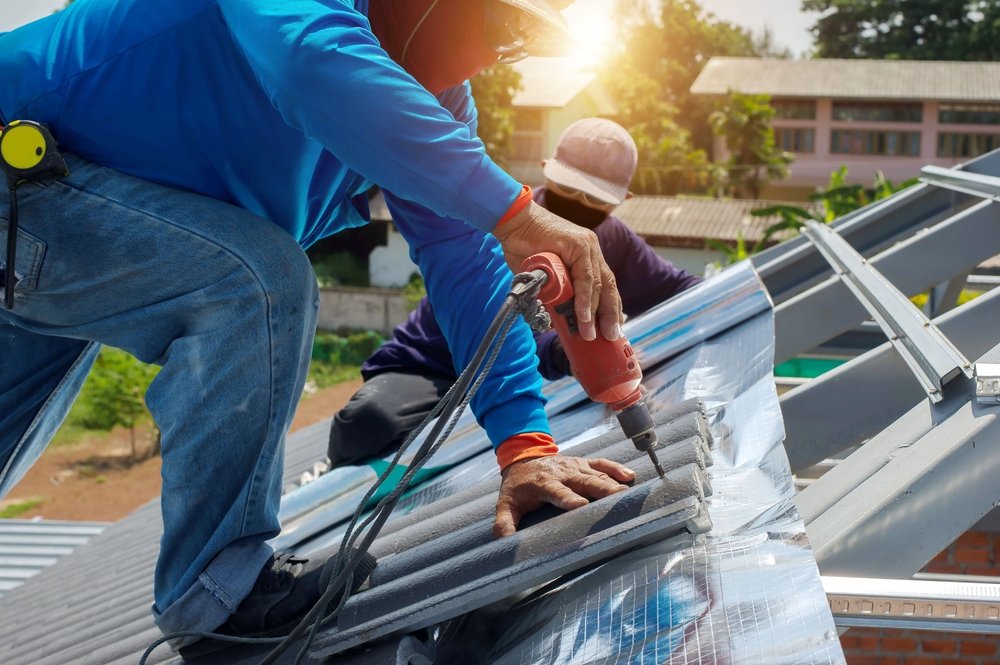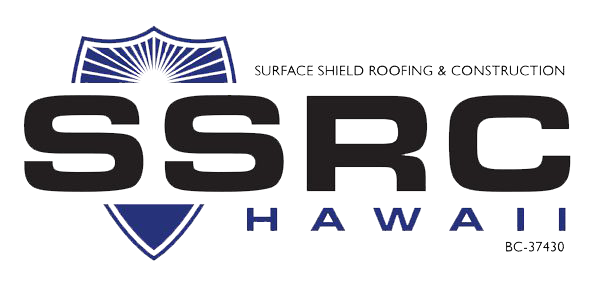Roofing Companies Oahu: Top-Rated Roofers for All Roofing Projects
Wiki Article
Understanding the Different Kinds Of Roof Coverings: A Comprehensive Overview for Homeowners
With an array of options-- varying from the traditional gable to the modern level-- each kind presents unique benefits and difficulties that need to straighten with the house owner's particular demands and ecological factors to consider. As we explore the intricacies of numerous roof covering types, it becomes obvious that one size does not fit all; the right selection may amaze you.Saddleback Roof
Gable roofing systems, identified by their triangular form, are among the most popular roof covering styles because of their simplicity and efficiency in shedding water and snow. This layout features two sloping sides that fulfill at a ridge, allowing for efficient drainage and reducing the threat of water build-up. The high pitch typically associated with saddleback roofs improves their capacity to manage heavy precipitation, making them suitable for different climates.In enhancement to their functional advantages, saddleback roofs supply visual convenience. They can be adjusted to various building styles, from standard to contemporary homes. The style can additionally fit added attributes such as dormer home windows, which improve natural light and ventilation in the attic room space.
Furthermore, gable roof coverings give adequate space for insulation, adding to power performance. Homeowners can pick from a variety of roofing products, including asphalt tiles, metal, and tiles, further boosting modification alternatives.
Despite their advantages, gable roofs may call for additional assistance in locations prone to high winds or heavy snowfall. On the whole, the saddleback roof remains a preferred choice due to its mix of capability, sturdiness, and aesthetic charm.
Flat Roofs
Flat roofings are usually identified for their minimalist design and functional applications, particularly in industrial and industrial setups (oahu roofing). These roofing systems feature a horizontal or virtually horizontal surface area, which enables very easy building and versatile area utilization. While they may lack the visual charm of pitched roofs, flat roofs provide various benefits, particularly in urban settings where making the most of area is vitalOne of the primary advantages of flat roof coverings is their access. House owners can utilize the roofing system area for different objectives, such as rooftop yards, terraces, or solar panel setups. In addition, level roof coverings are typically more cost-efficient to install and keep contrasted to their sloped equivalents, as they call for fewer products and labor.
Nevertheless, level roofings do present particular challenges. Proper drain is necessary to protect against water merging, which can cause leaks and architectural damage. For this reason, selecting high-quality waterproofing products and normal evaluations are crucial for ensuring durability. Typical products made use of for level roofing systems consist of built-up roof (BUR), customized asphalt, and single-ply membranes, each offering distinctive benefits. In general, level roofings function as a practical and versatile choice for numerous property owners and services alike.
Hip Roofing Systems
Hip roofs are identified by their sloped sides that converge at the top, forming a ridge. This design stands out from gable roofs, as all 4 sides of a hip roofing incline downwards toward the walls, supplying a much more secure structure. The angle of the inclines can differ, enabling convenience in architectural appearances and capability.Among the key advantages of hip roof coverings is their capacity to stand up to heavy winds and damaging weather. The sloped surfaces make it possible for much better water drainage, minimizing the danger of leakages and water damages. In addition, hip roofing systems supply increased attic area, which can be used for storage space or also transformed into habitable locations.
Nonetheless, constructing a hip roof can be much more costly and complicated than simpler roofing system kinds, such as gable roofings. The added material and labor associated with creating the slopes and guaranteeing appropriate architectural honesty can bring about greater costs. Regardless of these drawbacks, many homeowners prefer hip roofings for their resilience, aesthetic allure, and capacity for energy performance.
Mansard Roofings
Mansard roofing systems, commonly acknowledged by their one-of-a-kind four-sided design, attribute 2 inclines on each side, with the lower incline being steeper than the top. This architectural style, stemming from France in the 17th century, is not only visually attractive yet practical, as it maximizes the useful room in the upper floors of a building. The high reduced incline permits even more headroom, making it an optimal choice for lofts or attics, which can be exchanged living areas.Mansard roof coverings are defined by their convenience, accommodating different architectural styles, from standard to modern-day. They can be constructed with different products, consisting of asphalt roof shingles, slate, or metal, supplying home owners with a variety of options to suit their choices and budgets. In addition, the layout enables the assimilation of dormer windows, enhancing natural light and ventilation in the top levels.
Nevertheless, it is necessary to take into consideration the prospective drawbacks. Mansard roofings might call for even more maintenance as a result of the intricacy of their style, and their steep inclines can be testing for snow and rainfall runoff. In general, mansard roof coverings incorporate elegance with practicality, making them a popular selection amongst property owners seeking distinctive building features.
Shed Roofs
As property owners increasingly seek simplicity and performance in their building styles, shed roofings have become a preferred selection. Characterized by a single sloping aircraft, a shed roof covering offers a minimalist aesthetic that complements numerous home styles, from contemporary to rustic.Among the primary benefits of a shed roofing is its uncomplicated building, which usually converts to lower labor and product prices. This layout permits for reliable water drain, minimizing the risk of leakages and water damages. Furthermore, the upright incline gives ample area for skylights, boosting all-natural light within the inside.
Dropped roofings likewise use versatility in regards to usage. They can be properly incorporated right into enhancements, garages, or exterior frameworks like pavilions and sheds. Furthermore, this roof design can fit various roof covering products, consisting of metal, asphalt Homepage roof shingles, and even environment-friendly roofings, lining up with green campaigns.
However, it is important to take into consideration local environment problems, as hefty snow lots may require modifications to the roof covering's angle or framework. Overall, lost roofings present a functional and aesthetically pleasing option for property owners wanting to optimize functionality without endangering style.
Final Thought


Gable roof coverings, characterized by their triangular shape, are among the most preferred roofing designs due to their simplicity and efficiency in shedding water and snow. oahu roofing. The steep pitch commonly connected with gable roof coverings enhances their capability to manage hefty rainfall, making them suitable for various climates
While they might visit this site right here do not have the aesthetic allure of pitched roofings, flat roofing systems use numerous benefits, especially in metropolitan settings where maximizing area is important.

Report this wiki page